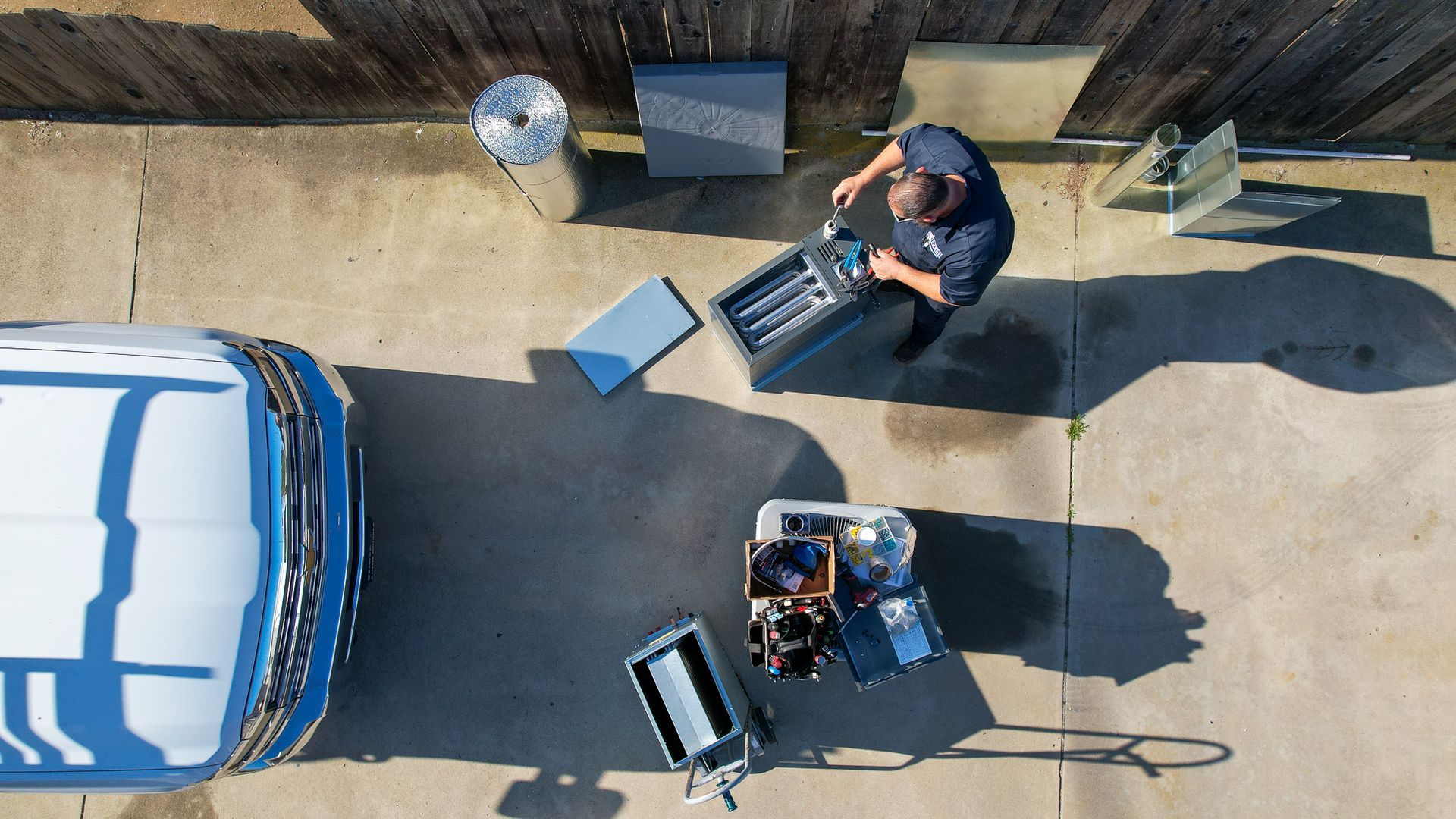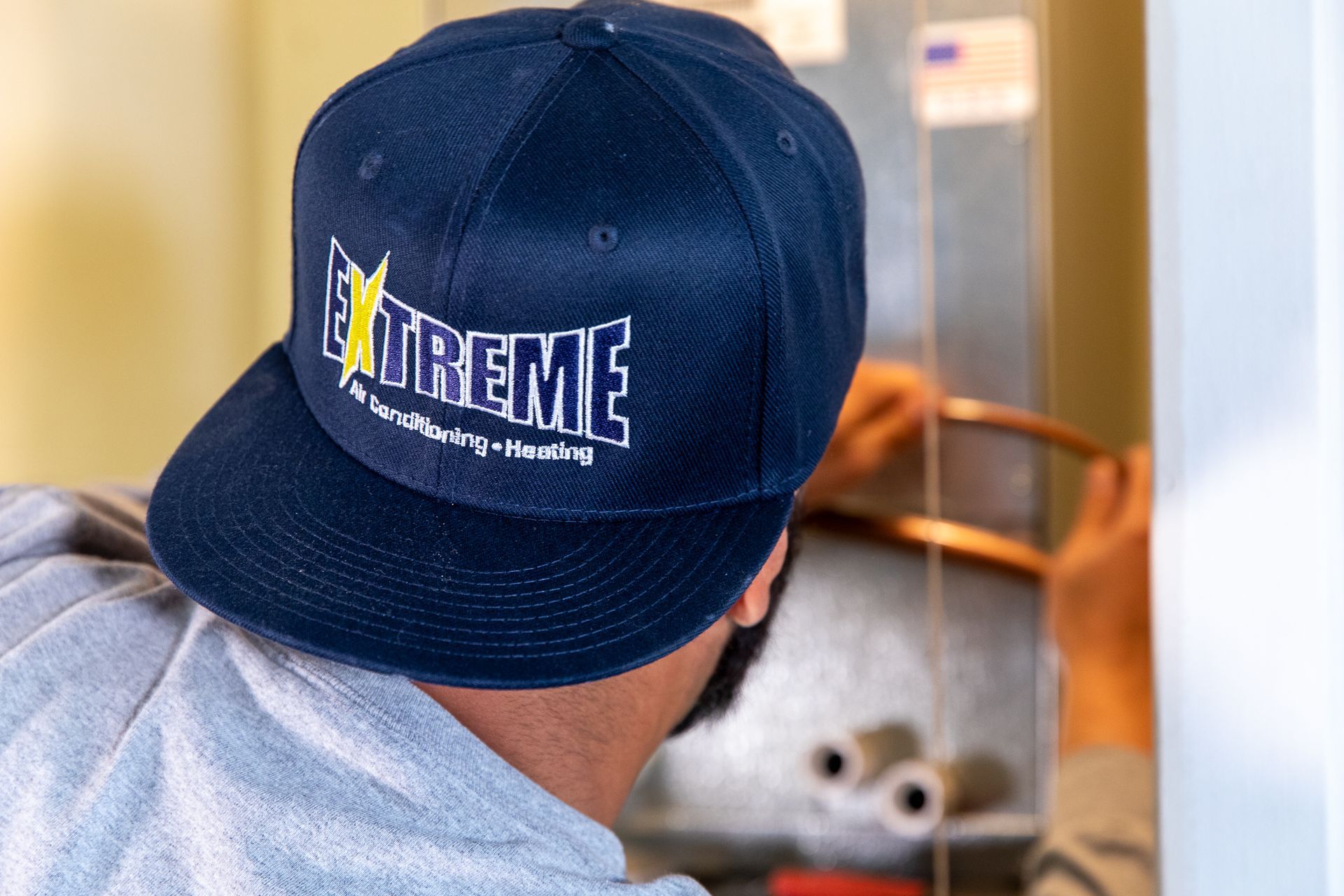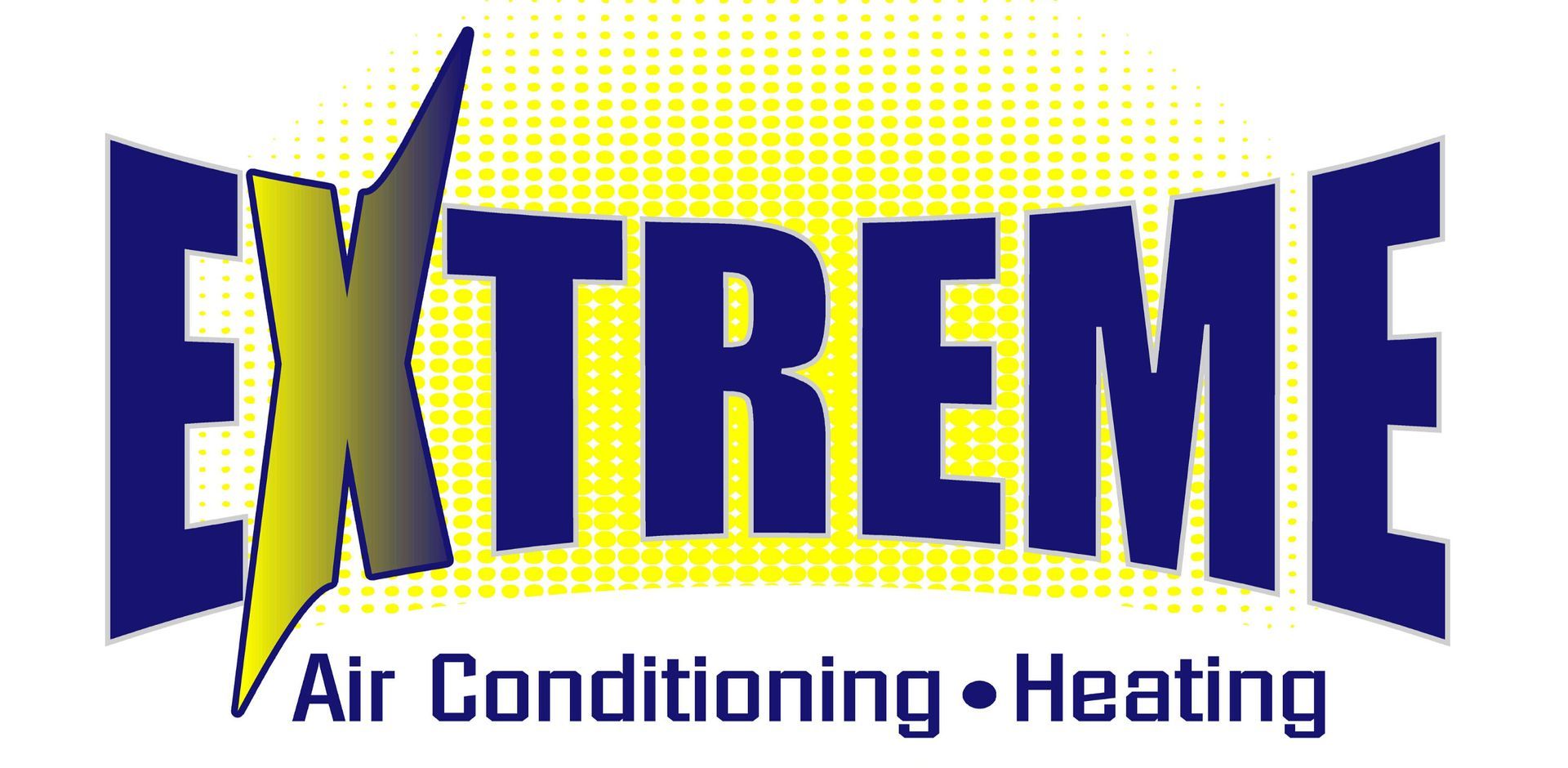Cost Analysis: Investing in an HVAC System for Your ADU
When adding or updating an accessory dwelling unit (ADU), one of the most critical decisions involves selecting the right HVAC system. Not only does this affect the comfort of your ADU, but it also plays a significant role in your investment's short-term and long-term financials.
Initial Costs of HVAC Systems for ADUs
The cost of an HVAC system for an ADU can vary widely based on several factors including the type of system, the unit's size, and the space's specific needs. Here’s what to consider:
Types of Systems and Costs
- Ductless Mini-Splits: These are among the most popular choices for ADUs due to their efficiency and the relatively straightforward installation process. The cost typically ranges from $3,000 to $10,000.
- Central Air Systems: A central air system might be necessary if your ADU is larger or connected to the main house’s system. These systems can be more expensive, generally starting around $6,000 to $12,000.
- Heat Pumps: Offering heating and cooling, heat pumps are an efficient option suitable for climates with mild winters. Installation costs usually fall between $5,000 and $15,000.
Installation and Other Initial Costs
Installation costs can be influenced by the installation's complexity, the ADU's location, and the current state of any existing HVAC infrastructure. Additionally, you may need to consider costs for:
- Permits
- Potential ductwork (if choosing a ducted system)
- Upgrades to electrical systems or insulation to accommodate the new unit
Long-Term Savings
Investing in a high-efficiency HVAC system can lead to significant long-term savings. Here’s how:
Energy Efficiency
High-efficiency systems use less energy to heat and cool your ADU, directly lowering utility bills. For instance, switching to a ductless mini-split system can save up to 30% on heating and cooling costs compared to traditional forced-air systems due to their lack of ducts and their efficient zoning capabilities.
Maintenance Costs
Newer systems are generally more reliable and come with warranties that can reduce the cost of maintenance for several years. Additionally, when properly maintained, modern systems often require fewer frequent repairs.
Environmental Incentives
Depending on your location, you may qualify for rebates, tax incentives, or other government incentives to install energy-efficient HVAC systems. These can significantly offset the initial cost.
Return on Investment (ROI)
Calculating the ROI of an HVAC system in an ADU involves considering the increased property value, the attractiveness of the ADU to potential renters or buyers, and the operational savings.
Increased Property Value
An ADU with a high-efficiency HVAC system can increase the overall value of your property. Prospective buyers or renters looking for comfort and energy efficiency might be willing to pay a premium, knowing that their utility bills will be lower.
Attractiveness to Renters/Buyers
A comfortable, energy-efficient ADU is more attractive in the rental and buyer markets. This can lead to shorter vacancy periods and potentially higher rental prices.
Operational Savings
The monthly savings on energy bills contribute directly to the ROI, helping to recoup the initial investment over time.
Conclusion
Investing in a high-efficiency HVAC system for your ADU can seem costly upfront but offers substantial financial benefits in the long run. By choosing the right system and taking advantage of any available incentives, you can enhance the comfort of your ADU, reduce ongoing energy costs, and increase the overall value of your property. Remember, the key to maximizing your investment is to balance the initial costs with the long-term savings and potential increases in property value.



